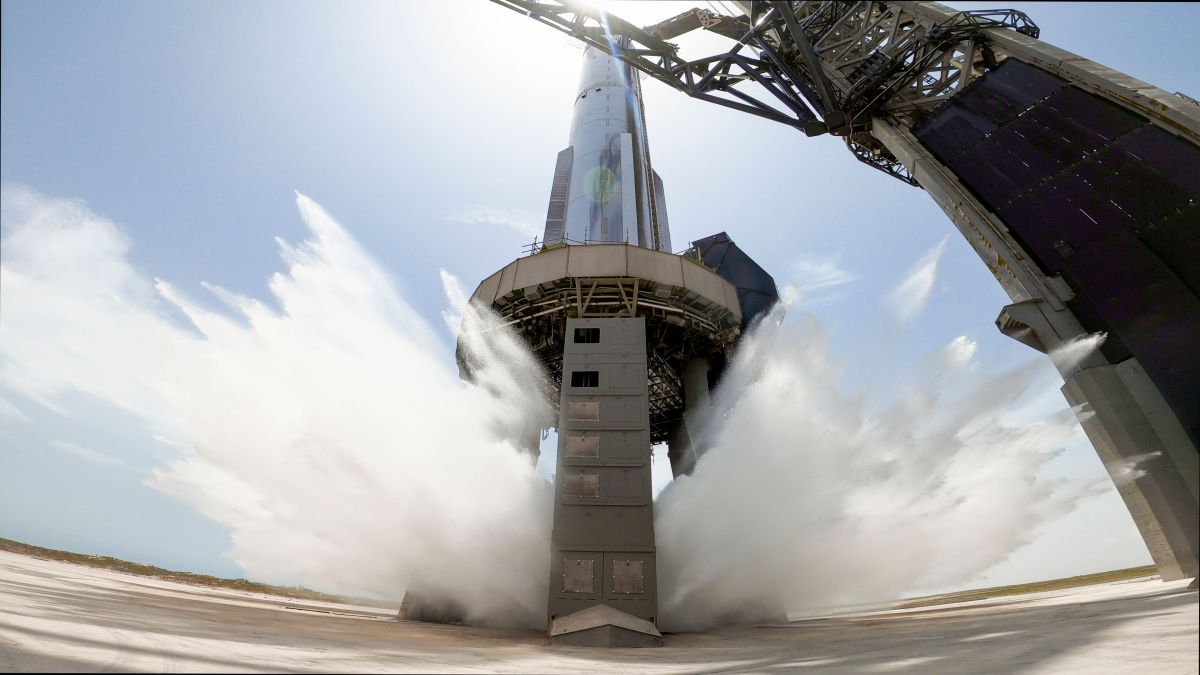
inaudible sound might be the next frontier A groundbreaking development in wildfire defense has emerged with Sonic Fire Tech’s innovative device that utilizes inaudible sound waves to extinguish flames.
inaudible sound might be the next frontier
Introduction to Sonic Fire Tech
Sonic Fire Tech, a startup focused on revolutionizing fire safety, has made significant strides in developing technology that could change the way we combat wildfires. Founded by a team of engineers and scientists, the company aims to harness the power of acoustic energy to create a safer environment for homes and communities prone to wildfires. Their latest invention, a device capable of extinguishing flames using sound waves that are inaudible to the human ear, represents a novel approach to fire suppression.
The Science Behind Inaudible Sound Waves
The concept of using sound waves for fire suppression is rooted in the principles of acoustics and thermodynamics. Sound waves are vibrations that travel through the air, and when they reach a certain intensity, they can disrupt the combustion process. Sonic Fire Tech’s device operates at frequencies below 20 Hz, which is the threshold of human hearing. This means that while the sound waves are powerful enough to influence fire behavior, they are imperceptible to people nearby.
How Acoustic Energy Extinguishes Flames
The technology leverages the interaction between sound waves and the molecules in flames. When sound waves are directed at a fire, they can create pressure fluctuations that interfere with the chemical reactions occurring in the flame. This disruption can lead to a reduction in temperature and, ultimately, extinguish the fire. The precise mechanisms are still being studied, but early tests have shown promising results in controlled environments.
Development of the Demonstration Device
Sonic Fire Tech is currently in the process of building a demonstration device designed to protect residential homes from wildfires. This device aims to provide a proactive solution for homeowners in fire-prone areas, allowing them to safeguard their properties without relying solely on traditional firefighting methods.
Design and Functionality
The demonstration device is being engineered to be user-friendly and efficient. It will feature a compact design that can be easily installed around a home, integrating seamlessly with existing fire safety systems. The device will be equipped with sensors that can detect the presence of flames and automatically activate the acoustic suppression system. This automation is crucial for ensuring rapid response times, which can be vital in preventing small fires from escalating into larger wildfires.
Testing and Validation
Before the device can be widely deployed, it must undergo rigorous testing to validate its effectiveness and safety. Sonic Fire Tech is collaborating with fire safety experts and researchers to conduct controlled experiments that simulate various wildfire scenarios. These tests will help refine the technology and ensure that it can operate effectively in real-world conditions.
Implications for Wildfire Defense
The introduction of inaudible sound technology in wildfire defense could have far-reaching implications. Traditional firefighting methods often rely on water and chemical retardants, which can be resource-intensive and may not always be effective in rapidly spreading wildfires. The use of acoustic energy presents a more sustainable alternative that could complement existing fire suppression techniques.
Environmental Considerations
One of the significant advantages of using sound waves for fire suppression is its minimal environmental impact. Unlike chemical retardants, which can leave harmful residues and affect local ecosystems, acoustic energy does not introduce foreign substances into the environment. This aspect makes it an attractive option for areas where preserving natural habitats is a priority.
Cost-Effectiveness
In addition to its environmental benefits, the use of inaudible sound technology could also prove to be cost-effective in the long run. Traditional firefighting efforts often require substantial financial resources, including personnel, equipment, and water supply. By providing a more efficient means of extinguishing flames, Sonic Fire Tech’s device could reduce the overall costs associated with wildfire management.
Stakeholder Reactions
The response from stakeholders in the fire safety and environmental sectors has been largely positive. Firefighters, researchers, and policymakers are intrigued by the potential of this technology to enhance wildfire defense strategies. Many experts believe that incorporating innovative solutions like Sonic Fire Tech’s device could lead to more effective and sustainable approaches to managing wildfires.
Firefighting Community
Members of the firefighting community have expressed cautious optimism regarding the new technology. While they acknowledge the challenges of integrating a novel approach into established firefighting protocols, many see the potential for acoustic energy to serve as a valuable tool in their arsenal. Firefighters are particularly interested in how the device could assist in protecting structures during wildfires, potentially saving lives and property.
Environmental Advocates
Environmental advocates have also shown support for Sonic Fire Tech’s initiative, emphasizing the importance of finding innovative solutions to combat wildfires without harming ecosystems. The use of sound waves aligns with the growing trend of seeking environmentally friendly technologies that can mitigate the impact of climate change and natural disasters.
Future Prospects and Challenges
As Sonic Fire Tech moves forward with the development of its demonstration device, several challenges and prospects lie ahead. The company must navigate the complexities of regulatory approvals, public perception, and market adoption. However, the potential benefits of their technology could pave the way for a new era in wildfire defense.
Regulatory Hurdles
Before the device can be commercially available, it will need to meet various regulatory standards related to safety and efficacy. This process can be time-consuming and may require extensive testing and documentation. Sonic Fire Tech is actively engaging with regulatory bodies to ensure that their technology complies with all necessary guidelines.
Market Adoption
Once the device is ready for market, Sonic Fire Tech will face the challenge of convincing homeowners and businesses to adopt this new technology. Education and outreach will be crucial in demonstrating the effectiveness and reliability of the device. The company plans to conduct demonstrations and provide informational resources to help potential users understand the benefits of using acoustic energy for fire suppression.
Conclusion
The development of Sonic Fire Tech’s inaudible sound device marks a significant advancement in wildfire defense technology. By harnessing the power of acoustic energy, the company aims to provide a proactive and environmentally friendly solution to combat wildfires. As testing and development continue, the potential for this innovative approach to reshape fire safety strategies becomes increasingly apparent. The successful implementation of this technology could not only protect homes and communities but also contribute to a more sustainable future in wildfire management.
Source: Original report
Was this helpful?
Last Modified: October 15, 2025 at 4:41 am
0 views















